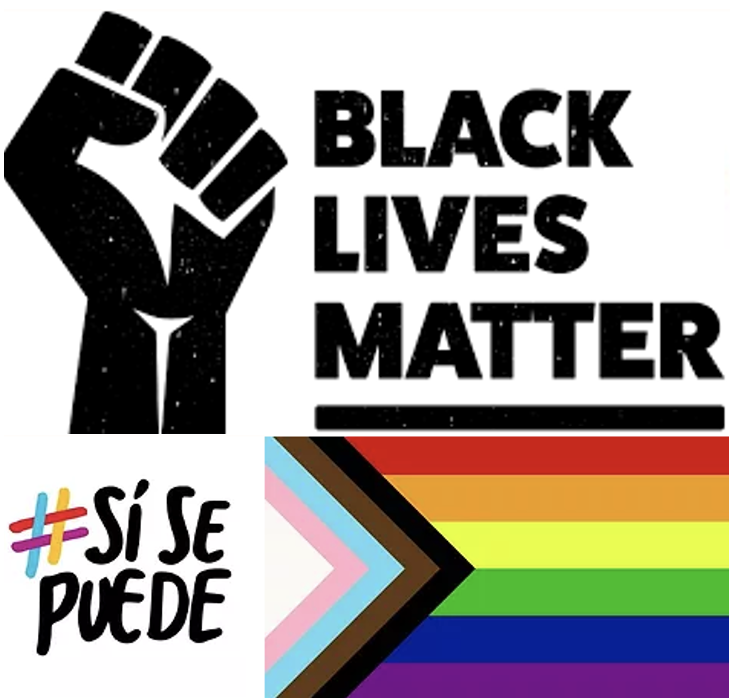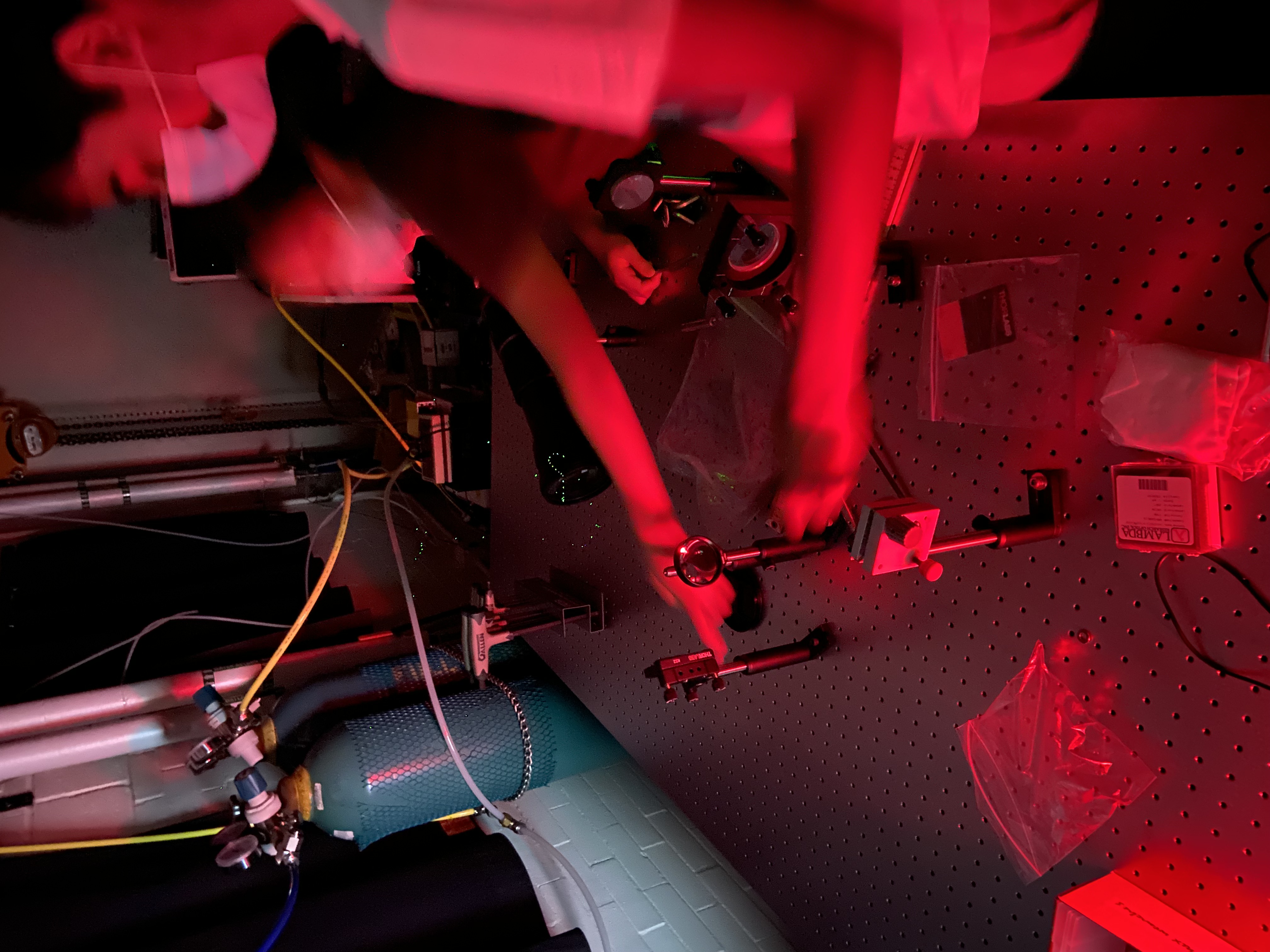Outreach
The Computational Research Access NEtwork (CRANE)
 This program was founded in late 2021 by a group of graduate students, postdocs and early-career professionals of marginalized identities in plasma physics. We came together with the common goal of creating a series of computational research skill and networking workshops for undergraduate students from backgrounds like ours. We teach one Python-based lesson per week, with topics ranging from basic python to numerical integration for ODEs to advanced methods used in plasma physics research like Particle-in-Cell simulations.
This program was founded in late 2021 by a group of graduate students, postdocs and early-career professionals of marginalized identities in plasma physics. We came together with the common goal of creating a series of computational research skill and networking workshops for undergraduate students from backgrounds like ours. We teach one Python-based lesson per week, with topics ranging from basic python to numerical integration for ODEs to advanced methods used in plasma physics research like Particle-in-Cell simulations.
We completed the first year of the program in September 2022, and obtained funding from the National Science Foundation for the following two years of the program. In the 2024 cycle, we were able to award 23 stipends to scholars attending the program who demonstrated need. In the 2025 cycle, we expanded the program to be larger than ever, despite funding constraints. See the CRANE website for details on curriculum and our unique learning environment, or to apply for the next cycle.
So far, from 2022-2025:
- 1,128 applications have been submitted to our program
- 361 students have attended workshops
- >91 students have been mentored
- 57 stipends of over $1000 have been disbursed to students
As of summer 2025, CRANE is now an incorporated 501(c3) nonprofit! If you are interested in making a tax-deductible donation, please visit our website below.
Research Experience for High school students (REH)
 In the summer of 2020, in the midst of full-blown pandemic lockdown, the Gourdain lab took a leap into the world of building meaningful, long-term connections with the local Rochester community through a program we named the REH: Research Experience for High school students. This is a nod to the NSF-funded "Research Experiences for Undergrads (REU)" that are popular and well-respected across disciplines and institutions. REUs are paid, immersive research experiences that last an entire summer in which a student takes on a significant research project, and is often a direct stepping-stone to getting into a graduate research program. We decided to design our outreach program with this model in mind, but we scaled the length down to a month and set the goal of providing positive exposure to physics research for students. The students would also learn some great research skills that could be applied if they decided to continue research in college.
In the summer of 2020, in the midst of full-blown pandemic lockdown, the Gourdain lab took a leap into the world of building meaningful, long-term connections with the local Rochester community through a program we named the REH: Research Experience for High school students. This is a nod to the NSF-funded "Research Experiences for Undergrads (REU)" that are popular and well-respected across disciplines and institutions. REUs are paid, immersive research experiences that last an entire summer in which a student takes on a significant research project, and is often a direct stepping-stone to getting into a graduate research program. We decided to design our outreach program with this model in mind, but we scaled the length down to a month and set the goal of providing positive exposure to physics research for students. The students would also learn some great research skills that could be applied if they decided to continue research in college.
For the first summer, due to the lockdown we operated completely virtual, meeting with the students once or twice a day on Zoom. These meeting times were used to teach the students about our lab's research, show research talks from professors, teach them basic python coding, and work on mini data analysis projects. We had nine students total, assigned in groups of three to one of the graduate student mentors in my lab (myself, James Young, and Imani West-Abdallah). At the end of the "internship," each of the groups presented their findings to each other and the members of the Gourdain lab. We kept in touch with these students after the month-long internship, checking in and offering support in applying to college.
Beginning the second summer (2021), we stepped up the program another level (or five). The students were now in person five days a week and would be completing 5 weeks of paid work/education. We supplemented the Intro to Python workshop with a number of other research skill workshops, including 3D CAD modeling and circuitry. The students also participated in career development workshops, graduate and undergraduate research talks, and lab tours weekly. We also expanded the program into another research group, the Blok lab, which studies quantum information. Students worked in the lab in-person for a couple hours every day in pairs this time with their graduate mentors; myself, Imani, and a third group in the Blok lab: Ray Parker and Mihirangi Medahinne Gedara. Each group worked on a separate experimental physics project in which the students gathered data and performed analysis. At the end of the internship, the group of 2-3 of students on each project prepared and presented a research poster to their families and the U of R department of Physics & Astronomy!
The program continued again in 2022 run by myself and Imani West-Abdallah with involvement from the Blok lab, and then in 2023 was taken over by new leadership in the Center for Matter at Atomic Pressures (CMAP) collaboration.
If you would like to see the Intro to Python series that I taught during my tenure in the REH, please check out this link to my github.